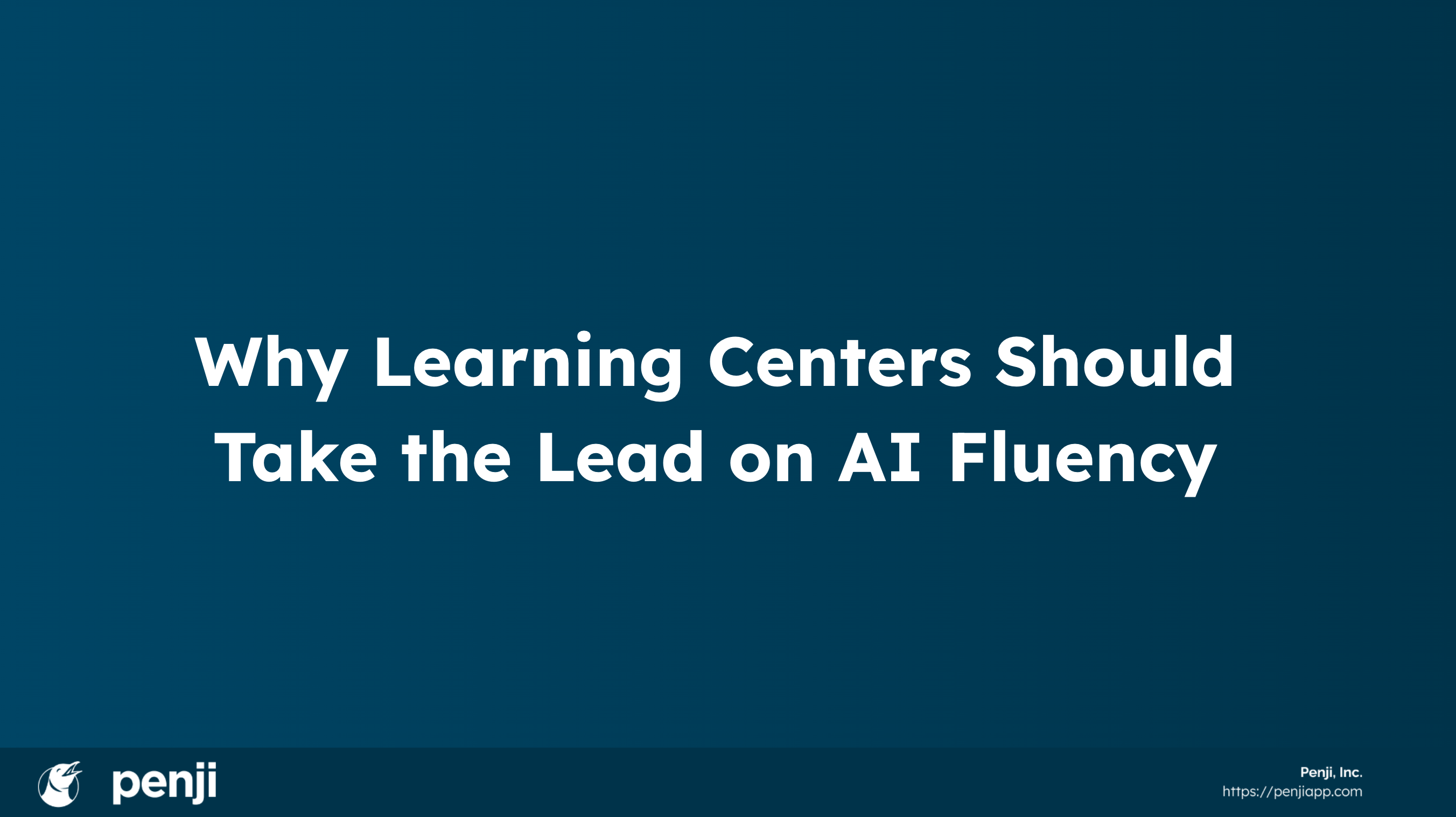
Email Marketing for Learning Centers
Email marketing in learning centers combines targeted outreach, strategic timing, and personalized content to boost student engagement with tutoring services.
Learning centers can use email marketing to reach students, particularly those in high-risk courses. Strategies include personalizing content, timing emails strategically throughout the semester, and integrating with other communication channels. Centers track metrics like open rates and service utilization to assess effectiveness. They often use software tools to manage campaigns and continuously refine their approach based on data analysis. These email marketing efforts aim to increase student engagement with tutoring and support services.

Targeting High-Risk Courses
Learning centers utilize email marketing as a tool to reach students in courses with high rates of D's, F's, and withdrawals. This approach allows centers to focus their efforts on students who may need support the most. By identifying these high-risk courses, centers can tailor their email content to address specific challenges students might be facing.
Understanding Email Open Rates
Despite perceptions that students don't read emails, some centers report email open rates exceeding 30%. This statistic suggests that well-crafted emails can effectively reach the intended audience. The key lies in creating compelling subject lines and relevant content that resonates with students' needs. Learning centers can use this information to refine their email strategies and potentially increase engagement rates over time.
Strategic Frequency of Communications
A well-planned email schedule is crucial for maintaining student engagement throughout the semester. Many learning centers implement a communication strategy that includes several key touchpoints. These often consist of a welcome message at the beginning of the term to introduce services, a reminder after the course drop deadline to catch students who might be struggling, a mid-term check-in to offer support during a critical period, and pre-finals outreach to provide last-minute assistance.
Personalization Techniques
Effective email marketing in learning centers often involves personalizing content to increase relevance and engagement. This can include mentioning specific courses the student is enrolled in, tailoring the message to their academic standing, or referencing past interactions with the center. Personalization helps create a connection with the student and demonstrates that the center understands their individual needs. Some centers use data from student information systems to automate this personalization process.
Like what you're reading?
Subscribe to our newsletter and receive new posts directly to your inbox.
Integrating Email with Other Communication Channels
While email serves as a primary communication tool, many learning centers recognize the value of a multi-channel approach. Text messaging is sometimes used alongside email, with some reports indicating higher engagement rates for SMS compared to email. This integrated approach allows centers to reach students through their preferred communication methods. Some centers also use social media or learning management system announcements to complement their email marketing efforts.
Developing Effective Content Strategies
Email content plays a crucial role in engaging students. Learning centers often use their emails to highlight the range of subjects and services they offer. Some centers create specific email campaigns for different departments or courses to broaden their reach and appeal to a wider student audience. Content might include success stories from other students, tips for academic success, or information about upcoming workshops and events. The goal is to provide value in every email, encouraging students to open and engage with future communications.
Comprehensive Measurement of Email Effectiveness
To ensure the success of their email marketing efforts, learning centers employ various metrics for assessment. This includes tracking open rates to gauge initial engagement, analyzing how many email recipients actually use the tutoring services to measure conversion, and comparing the effectiveness of different messaging strategies. Some centers conduct surveys to gather direct feedback from students about the usefulness of the emails.
Leveraging Technology for Email Campaigns
Many learning centers employ software tools to manage their email campaigns effectively. These tools help track metrics, manage subscriber lists, and potentially automate certain aspects of the email marketing process. Some centers use customer relationship management (CRM) systems to integrate email marketing with other aspects of student engagement.
Process of Continuous Refinement
Learning centers often engage in ongoing assessment and refinement of their email marketing strategies. This involves analyzing data on which emails are most effective in terms of open rates, click-through rates, and actual service utilization. Centers may conduct A/B testing on different email elements such as subject lines, send times, or content types. Based on these insights, they continuously adjust their approaches to improve engagement. This process of iteration ensures that the email marketing strategy remains effective and relevant to the changing needs of the student population.
By implementing these strategies, learning centers can maximize the impact of their email communications and better support student success. The specific strategies and their implementation may vary based on each center's unique circumstances, student population, and institutional policies.

.jpg)







